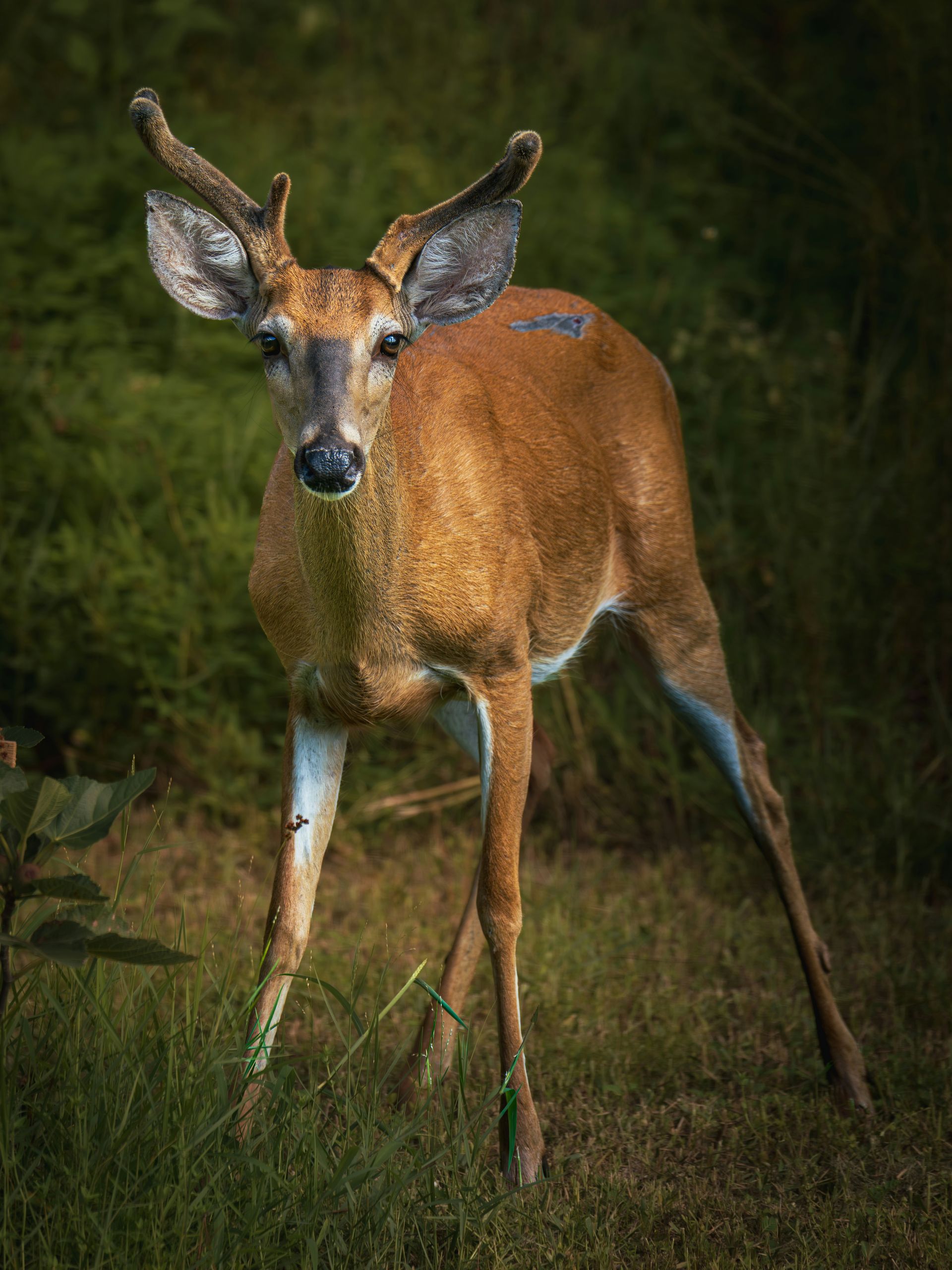OTG program unveils new logo, new look as it hopes to reach 21st-century conservationists
Next year marks the 10-year anniversary for MUCC’s award-winning stewardship program On the Ground (OTG). What better way to celebrate such a milestone than by giving the program a facelift to reflect its evolution and betterment of our natural resources?
Michigan United Conservation Clubs’ OTG program was launched in early 2013 with the aim of improving wildlife habitat and recreational access to public lands through volunteer stewardship.
Since its inception, OTG has proven to be a linchpin connecting Michiganders with their public land and helping the public better understand the role hunters play as conservationists. Volunteers are hunters, hikers and hippies – there is no requirement other than a want to better Michigan’s natural resources and become more connected to them.
The program is funded through a memorandum of understanding with the Michigan DNR Wildlife Division, and MUCC staff work with DNR biologists, local conservation districts and other groups to identify habitat projects that need to be completed on public land.
The program’s dedicated volunteers band together to complete these single-day projects like building brush piles, clearing shooting lanes, removing invasive vegetation, restoring grassland habitat through native wildflower plantings, installing fish spawning structures and wood duck boxes, participating in river clean-ups and planting mast-producing trees.
The first OTG project was held in March of 2013 and brought 28 volunteers to the Gratiot-Saginaw State Game Area where they assisted the DNR in creating brush piles for small game habitat, also known as “rabbitat.” That year, 130 dedicated volunteers participated in six habitat improvement projects and helped carry out MUCC’s mission: uniting citizens to conserve, protect and enhance Michigan’s natural resources and outdoor heritage.
Over the past 10 years, OTG has expanded to host more than 20 projects each year throughout the state including the Upper Peninsula. We are proud to have had nearly 3,800 volunteer stewards join us in improving and enhancing over 3,400 acres of wildlife habitat within Michigan’s public lands.
The new OTG logo reflects our volunteer’s commitment to conserving habitat, enhancing wildlife populations and continued stewardship for Michigan’s public lands. Featured in the center of the design is a pair of wood ducks perched on a wooden nest box. Once listed as a federally endangered species, wood duck populations are now on the rise thanks to collaborative efforts between hunters, private landowners, state and federal agencies and conservation groups. With proper management and the assistance of artificial nesting structures that supplement their natural habitat, wood duck populations can once again be hunted in the state of Michigan. The history of the wood duck serves as a reminder that we must continue to play an active, collaborative role in conservation to ensure the future well-being of our natural resources.
As we look into the future of the OTG program, we continue to welcome volunteers of all ages and backgrounds, consumptive and non-consumptive users of the land and anyone who wants to be an active steward for Michigan’s public lands to join us in improving wildlife habitat in our great state.
To view an interactive map featuring our completed projects or to register for any one of our upcoming projects, visit mucc.org/on-the-ground/. Please contact Habitat Volunteer Coordinator Kristina Kennedy at kkennedy@mucc.org for questions regarding the OTG program.
Recent Posts



